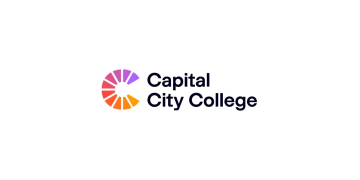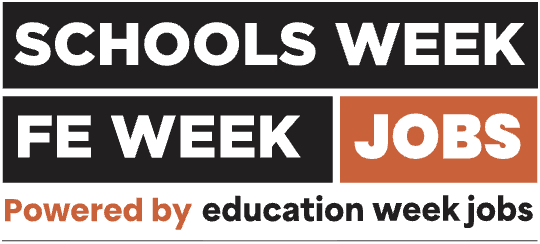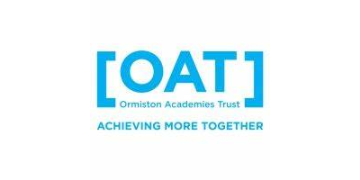Ofsted’s value for money has been called into question in a damning report by the National Audit Office.
The spending watchdog evaluated the inspectorate’s performance, and raised concerns about budget cuts, missed targets and problems with retention of inspectors.
Here are six of the most interesting findings.
1. 8 per cent of new free schools weren’t inspected on time
Since 2015, Ofsted has aimed to inspect all new schools within three years of opening. This was extended from two years after the watchdog missed the old target in almost 10 per cent of cases.
However, the NAO report reveals that the new target has been missed for 36 schools, 7.8 per cent of new schools inspected between 2015 and 2017. There were 12,100 pupils in those schools.
2. Ofsted spends 52% less in real terms than in 2000
The full cost of inspecting the schools sector in 2017-18 was an estimated £60 million, less than half of the £125 million spent in 1999-2000 (in today’s money).
But Ofsted does not have reliable data on the efficiency of its state-funded school inspections over time. The NAO estimates that the average cost per state-funded school inspection was £7,200 in 2017-18, but it was not possible to make the same calculation for previous years.
3. Almost 300 schools haven’t been inspected for a decade
There are now 296 schools which have not had an inspection in at least 10 years, far more than the 106 identified by a Schools Week investigation last January.
Of these schools, 195 are LA-maintained schools and 101 are early converter academies. 250 are primary schools and 46 secondary schools. 21, or 7 per cent of the schools, are selective.
All of these schools are rated ‘outstanding’, and do not need to be reinspected unless safeguarding or other serious concerns.
4. Ofsted is completing a higher proportion of inspections
In 2017-18, the watchdog completed 94 per cent of planned inspections, compared with 84 per cent in 2016-17 and 65 per cent in 2015-16.
5. Most heads think inspections are fair, but fewer reported improvements
Of headteachers surveyed by the NAO, 84 per cent said they felt the outcome of their school’s most recent inspection was fair.
However, only 44 per cent said their most recent inspection had resulted in improvements, while 28 per cent said it had not.
6. A lack of inspectors makes it hard to hit targets
The NAO found that Ofsted has missed many of its own targets. For example, in 2017-18, the watchdog failed to meet its statutory target to reinspect schools within five years in 0.2 per cent of cases.
Between 2012 and 2017, Ofsted did not meet its target to reinspect schools graded as inadequate, where the quality of education provision is most at risk, in six per cent of cases. And in 2016-17, the average gap between inspections ‘good’ schools was 4.4 years, against a target of three years.
Targets are being missed because Ofsted doesn’t have enough inspectors, the NAO found. In March of this year, Ofsted had 30 (15 per cent) fewer directly-employed inspectors than it had budgeted for. There was also a shortfall in each of the two previous years.
Ofsted’s move in 2015 to bring its contracting of external inspectors in-house, rather than using private companies, also left the watchdog with an “unexpected shortfall” of contractors because less than half met its standards.






Your thoughts